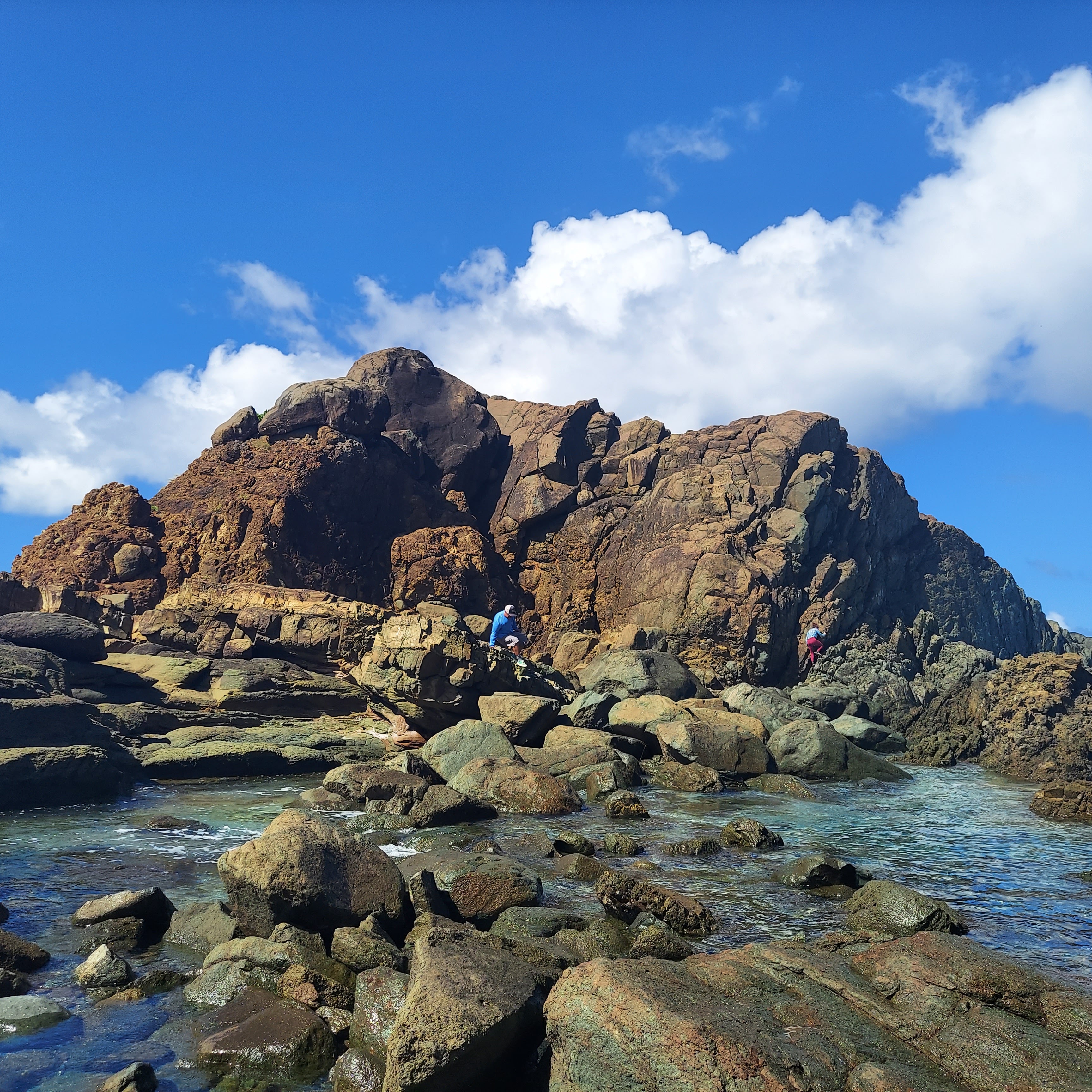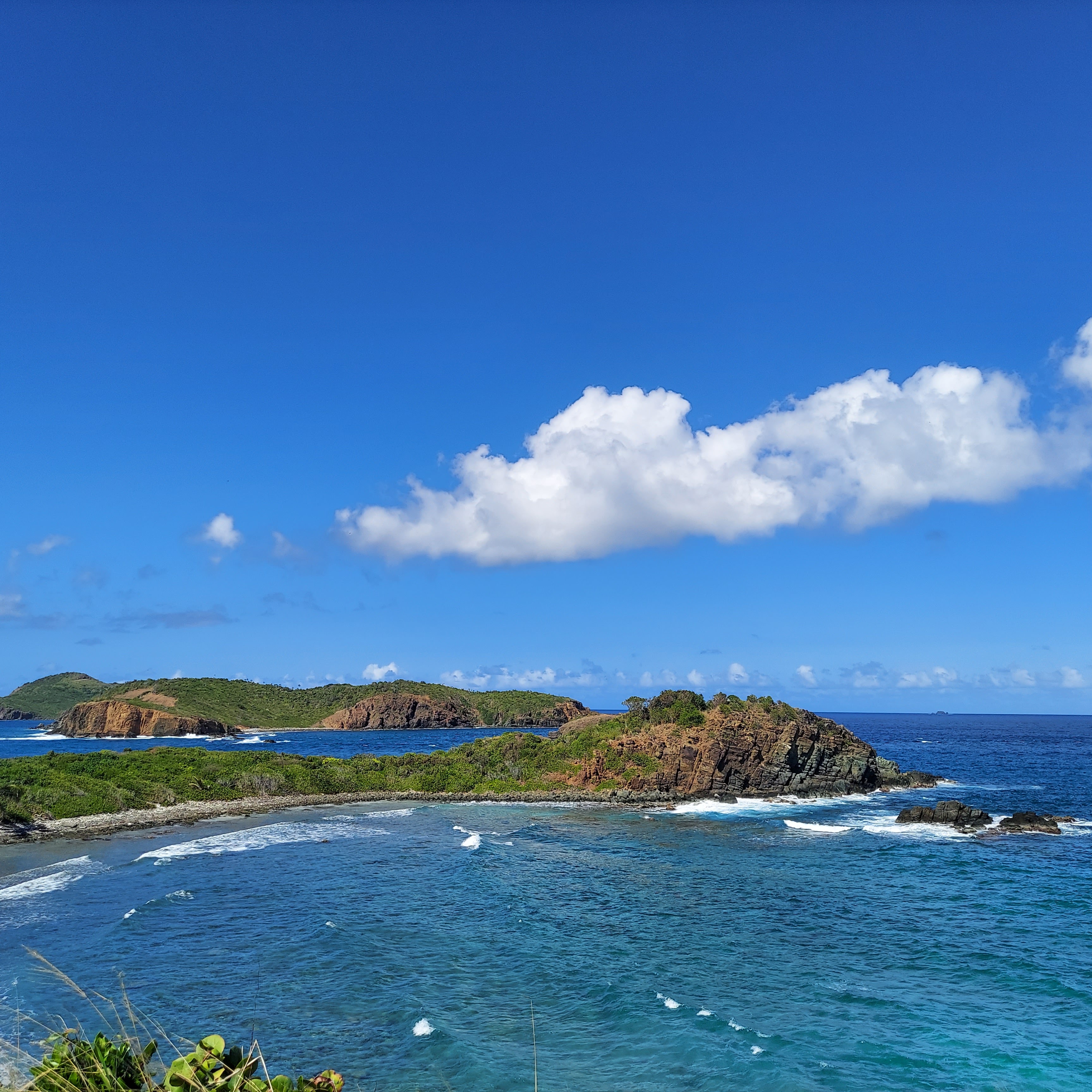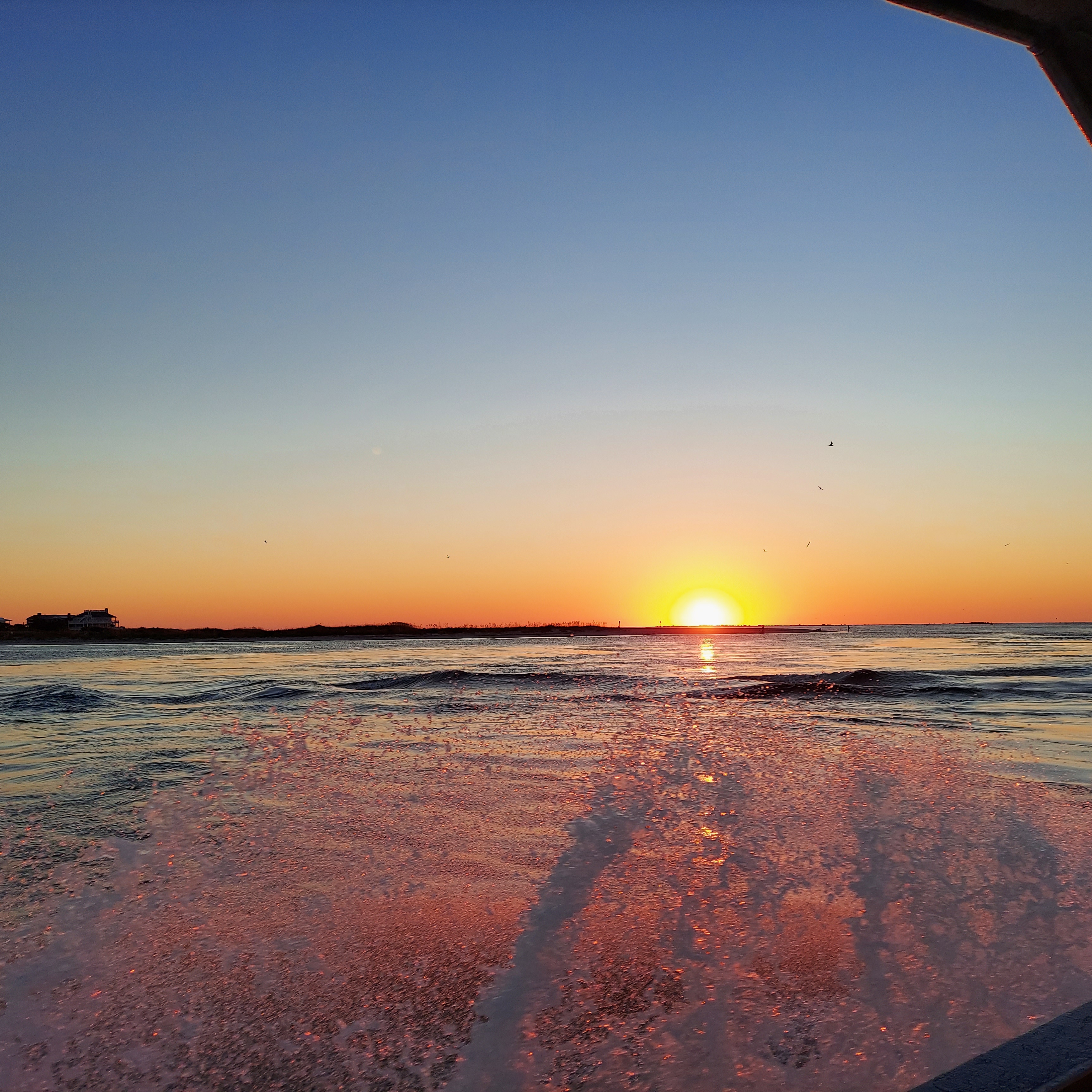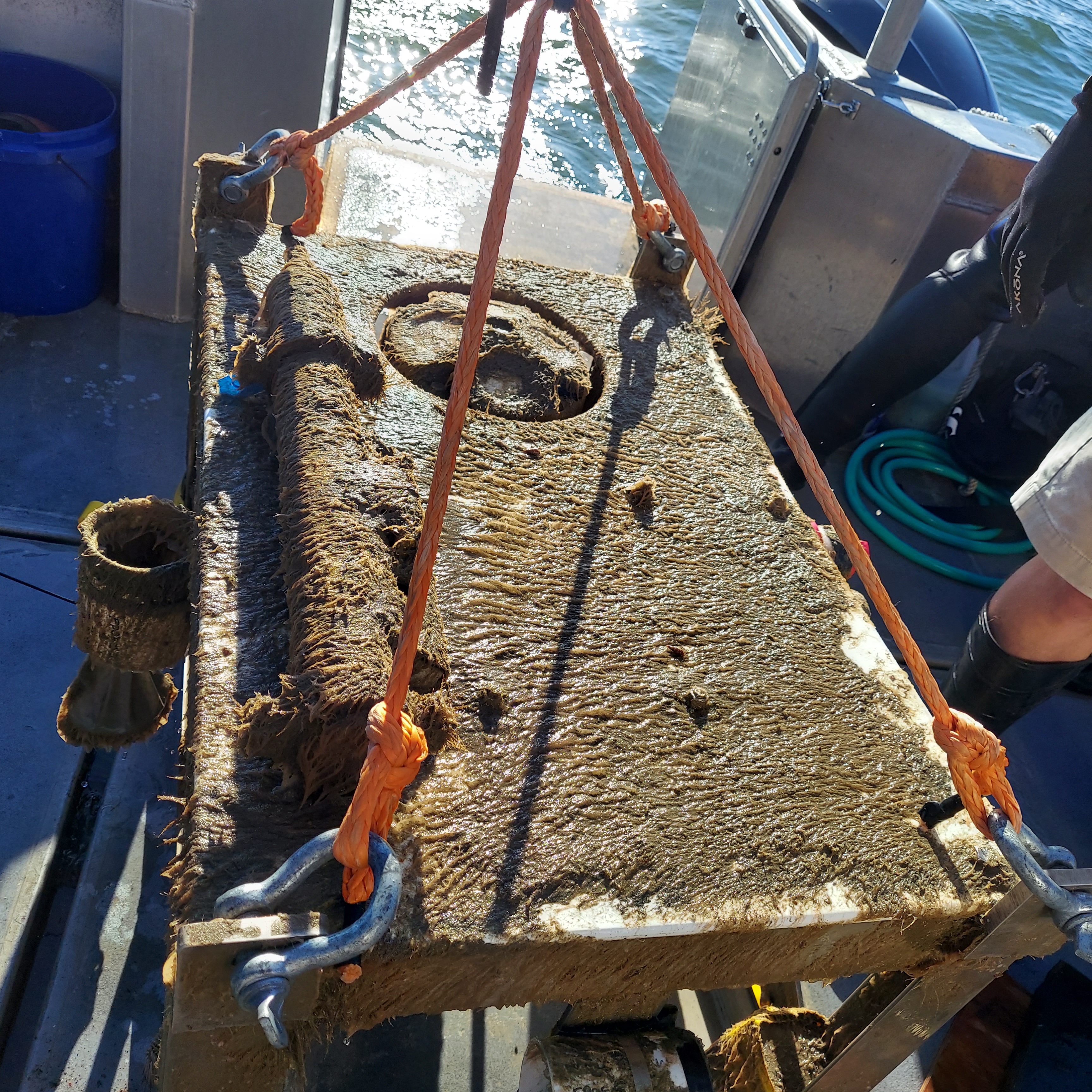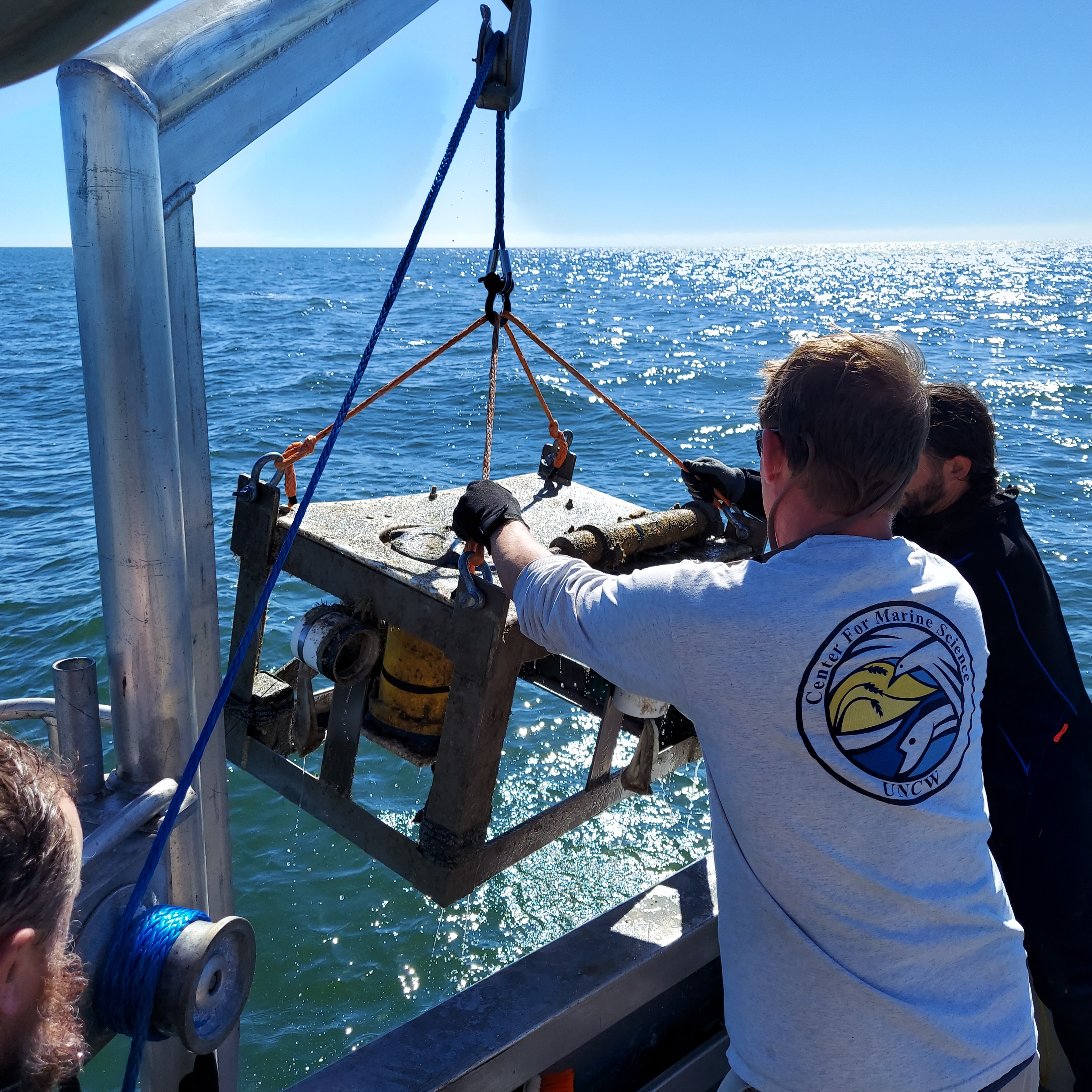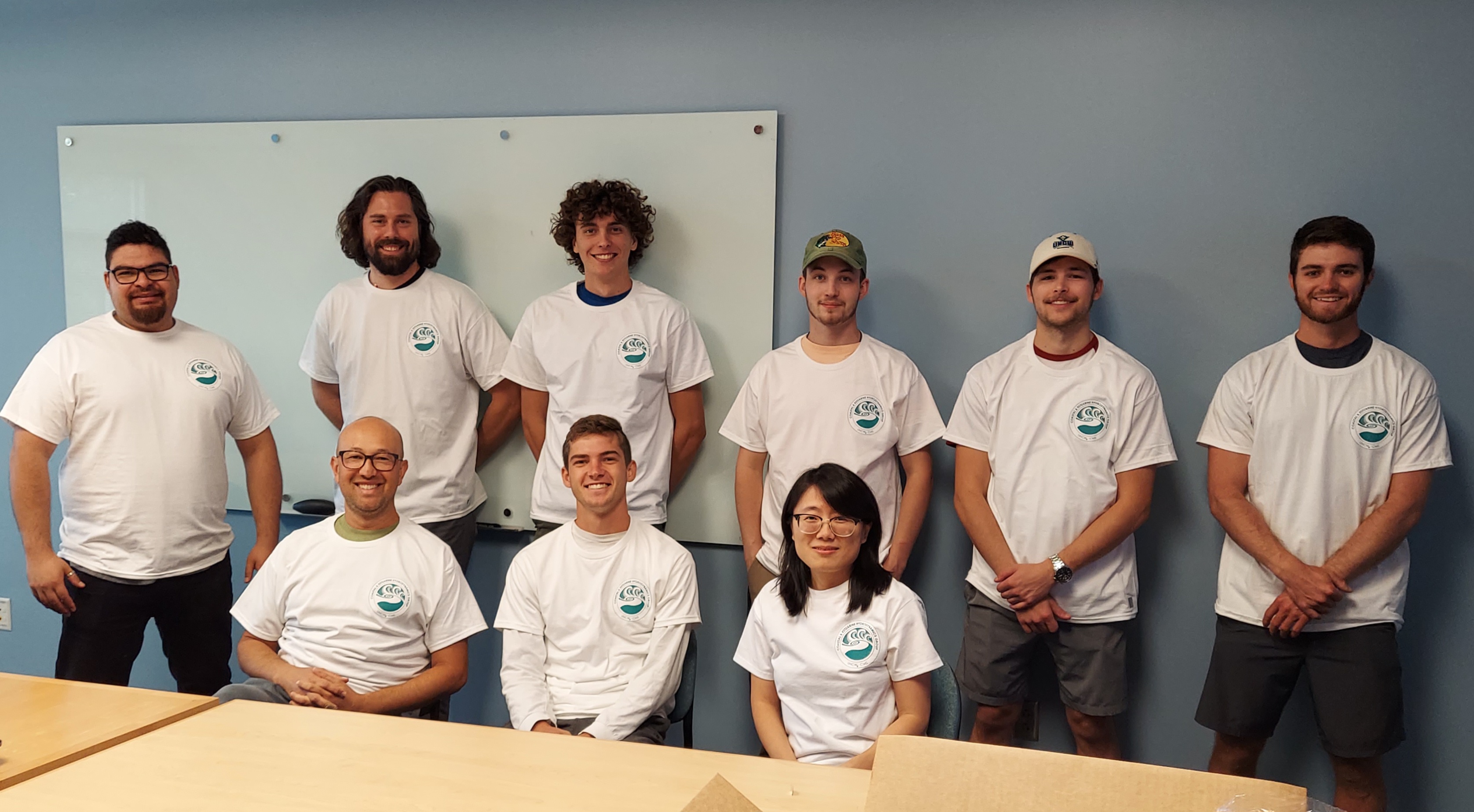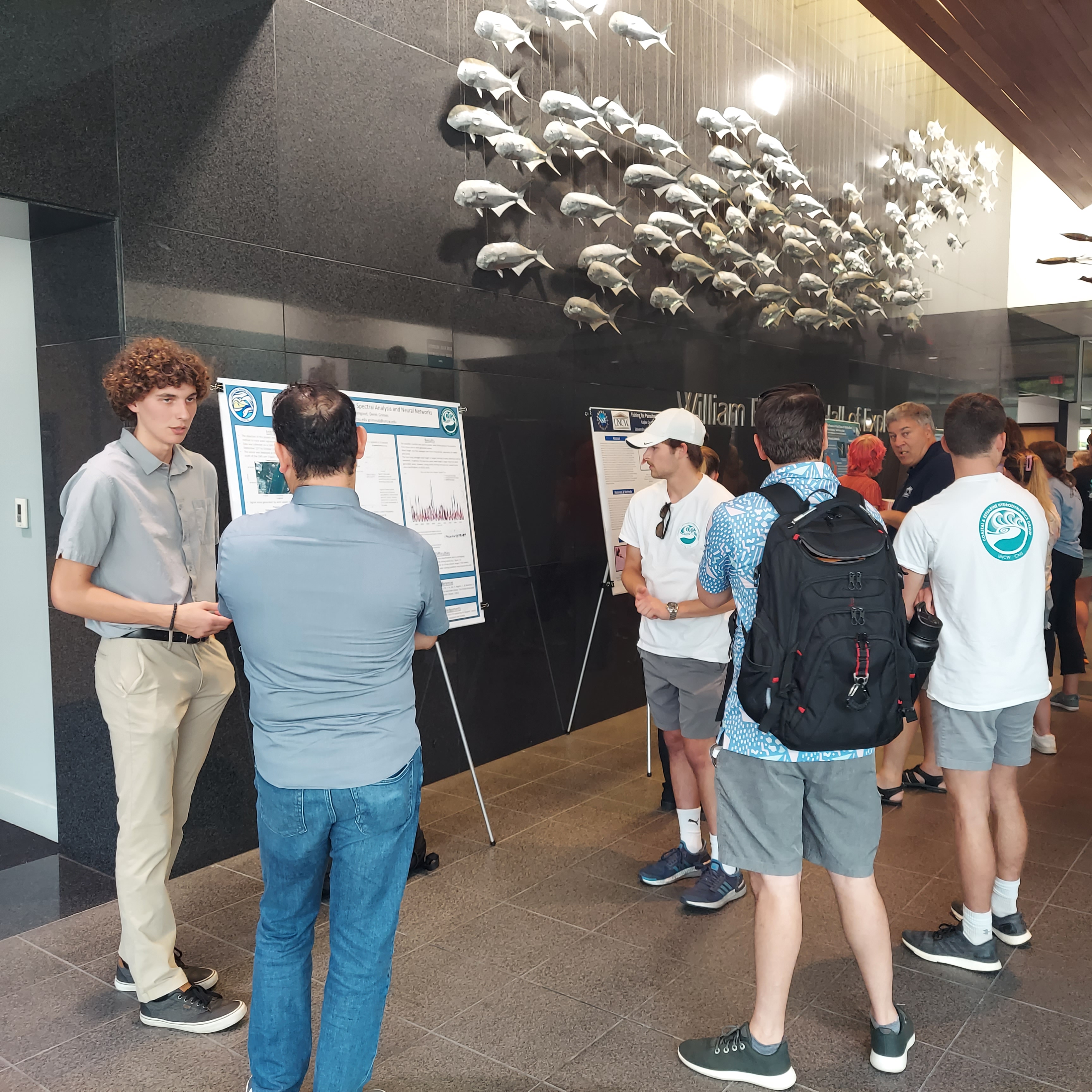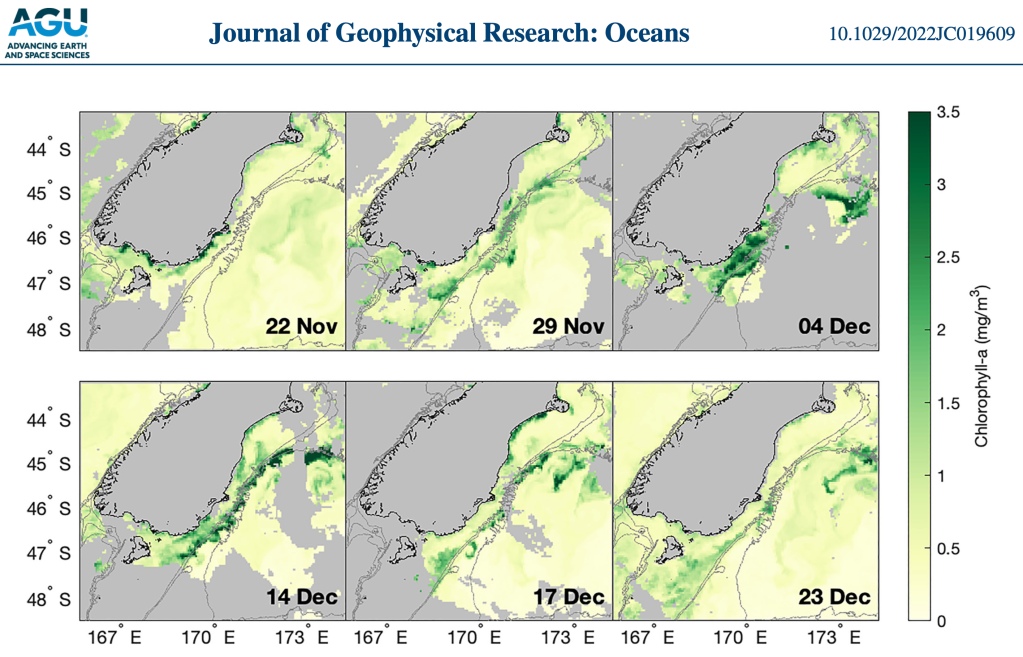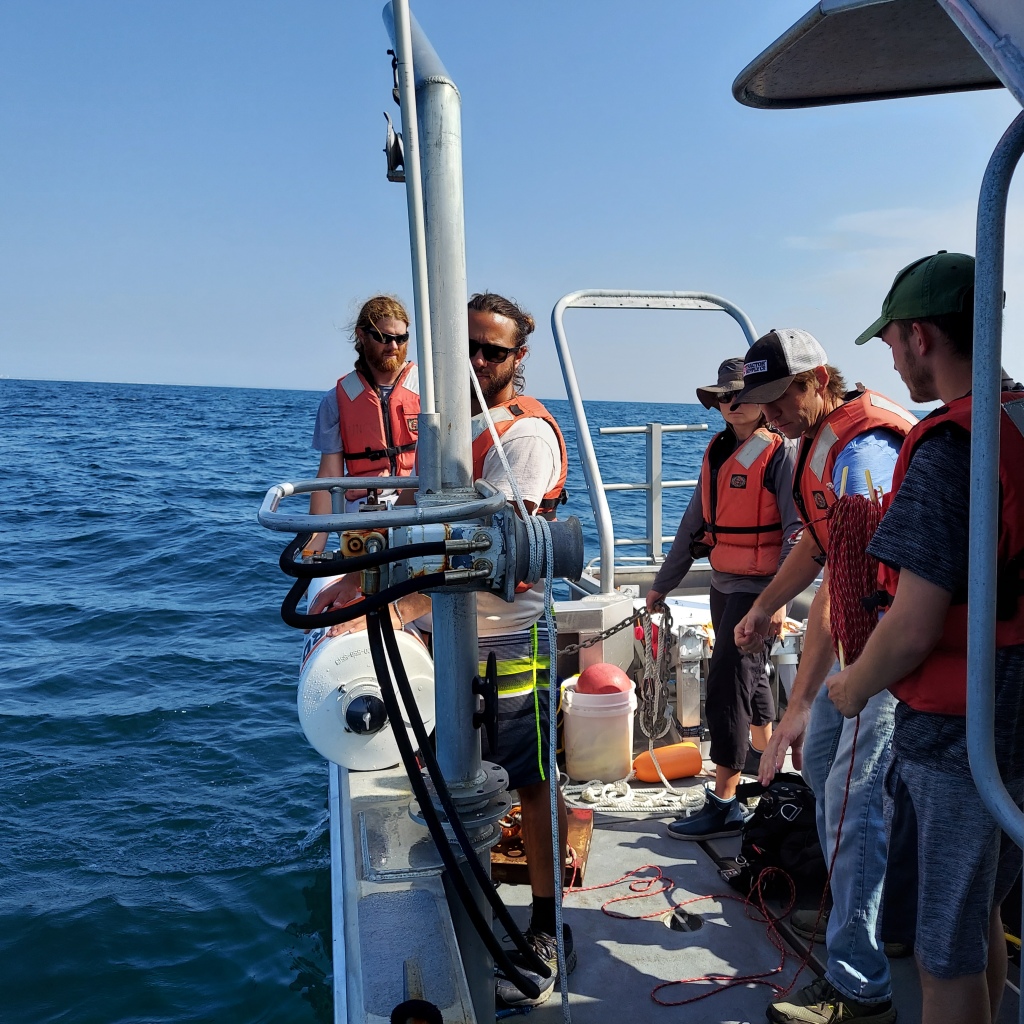This one had me nervous. We deployed our second array on February 15th, a terrifically calm day that went off without a hitch. A planned 20-day deployment is only now complete and has turned into a 53-day duration experiment. How did that happen? Well, turns out it was exceedingly challenging to find a time with co-operative weather such that the boat and dive team could operate.
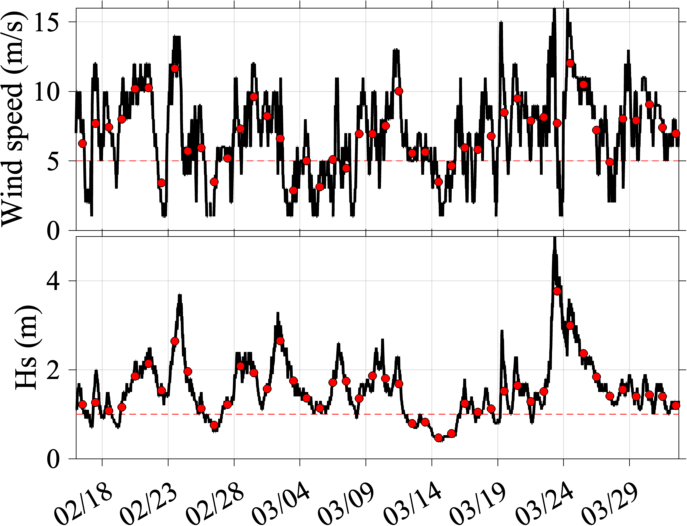
Here is a plot of wind speed and significant wave height at an offshore buoy during this deployment. I have added red dots to show the daily-average of the values.
Our team cannot operate safely when wind speeds are above 10 kts (5 m/s) or when waves are above 3 ft (1m), thresholds are indicated with a red dashed line. Notice there have not been many days recently where both conditions are met. I was then curious to know if this was “typical” for this time of year? Luckily NDBC buoys have long records of winds and waves.

Here now are climatologies of the average number of acceptable weather days per month based on 20 years of buoy data. Lo and behold, the average can be as low as 3 days/month…and of course, the month with the lowest average falls in February.
So in retrospect, I guess I could have anticipated weather and scheduling related difficulties with this deployment period. I will be ready for this next year. Special shout-out to the field team and collaborators who were ready to step up at a moments notice to retrieve our gear while I was elsewhere this week.




